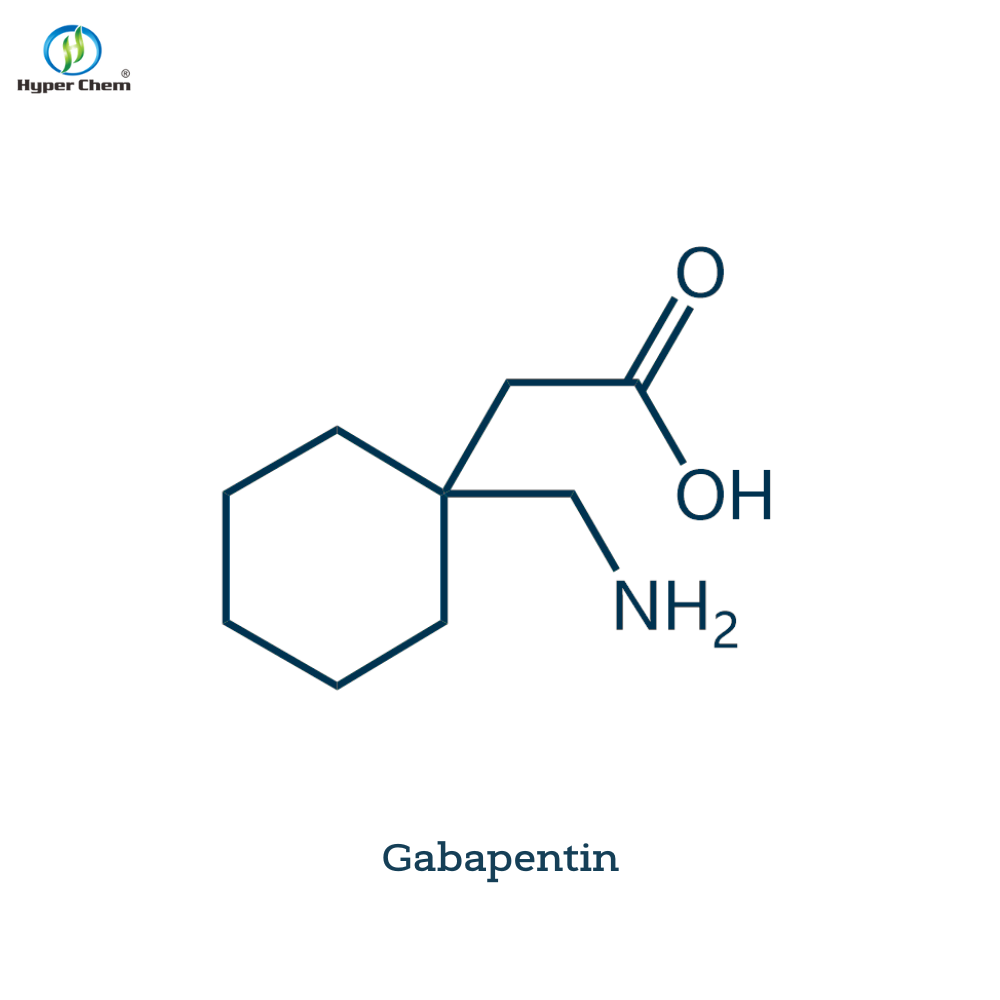J Neurosci: new research reveals the structural changes of the brain during the development of teenagers
-
Last Update: 2019-09-26
-
Source: Internet
-
Author: User
Search more information of high quality chemicals, good prices and reliable suppliers, visit
www.echemi.com
September 25, 2019 / biourn / -- in a new study, researchers at the Los Angeles children's Hospital mapped the development of children's brains Research shows that "brain maturity wave" is the basis of social and behavioral changes in children's transition from childhood to adolescence As children mature, many aspects of their lives are preparing for adulthood During this period, the learning and social environment is becoming more and more intense, which requires more and more people to master the control of thoughts, emotions and behaviors However, little is known about the neurological mechanisms involved in this important transition Recently, researchers examined a group of 9-12-year-old children for changes in brain anatomy and behavior during neurodevelopment A more detailed understanding of typical brain development can provide a better framework for scientists and clinicians to help care for children who may be at an atypical stage of development or face developmental difficulties (image source: www Pixabay Com) "we know that children's ability of self-regulation is greatly improved during this period of time," said Dr Mary Baron Nelson, the first author "Their attention range is expanding, and they are learning social norms, such as thinking about appropriate reactions or behaviors." Because these are cognitive processes, the team hypothesized that brain structure and function might have changed "We used brain imaging to measure a wide range of chemicals and metabolites and get cognitive and neuropsychological scores," Dr Baron Nelson said By imaging and measuring brain metabolites, the team observed so-called brain "maturation waves." The white matter tract is a way of transmitting information in the brain, which matures with age As a child grows, he or she becomes more able to control impulses and deal with complex concepts In response, the researchers found that children's scores increased with age By analyzing the data in all aspects, the authors found that the changes of brain anatomy and metabolism during this period were the reason for the increase of this ability Source of information: brain anatomy changes with matching to advertising original source: Mary Baron Nelson, Sharon h O'Neil, Jessica L wisnowski, Danielle Hart, siddhant sawardekar, Virginia rauh, Frederica Perera, Howard F Andrews, Lori a Hoepner, Wanda Garcia, Molly algermissen, Ravi Bansal, Bradley S Peterson Maturation of Brain Microstructure and Metabolism Associates with Increased Capacity for Self-Regulation during the Transition from Childhood to Adolescence The Journal of Neuroscience , 2019; 2422-18 DOI: 10.1523/JNEUROSCI.2422-18.2019
This article is an English version of an article which is originally in the Chinese language on echemi.com and is provided for information purposes only.
This website makes no representation or warranty of any kind, either expressed or implied, as to the accuracy, completeness ownership or reliability of
the article or any translations thereof. If you have any concerns or complaints relating to the article, please send an email, providing a detailed
description of the concern or complaint, to
service@echemi.com. A staff member will contact you within 5 working days. Once verified, infringing content
will be removed immediately.







